The full prototype of the Lightbug swing was installed by Tine Bech as the centrepiece of the REACT exhibition The Rooms in Bristol 4th – 7th November. Below is the text I wrote for a flyer.
Exploring the playground of the future with a digitally enhanced set of swings
Lightbug is a magical swing that brings light, colour and sound to playgrounds. It invites children to play, through digital interactivity, in both imaginative and physical ways. Swinging triggers light and sound reactions, and the whole swing is programmed to respond to play, and to suggest different kinds of play activity and experience. This ambition project brings together Tine Bech’s interactive and design experience, Seth Giddings’ research into digital and postdigital play, and Danish play-technological expertise.
Swings are symbolic of freedom, excitement, and thrills – children (and adults) are drawn to them. The swing is an invitation to play. Lightbug takes this invitation and offers a new perspective on the playground, another dimension to imaginative and physical play. It updates the ancient machinery of the swing with contemporary technology to create new activities that are interesting, interactive and playful. It anticipates, and takes big steps towards, the magical digital and physical playground of the future.
The swings offer experimental and emergent play, a place for contemplative, peaceful and solitary swinging, or a space for social play, competition or cooperation, performance and participation.
Lightbug was born in the Play Sandbox scheme, set up by REACT Hub, a scheme funded by the Arts and Humanities Research Council to initiate collaborations between arts and humanities researchers and creative companies. Central to the process was a team of 7-12 year olds, the Young Coaches. They were partners in the design process from the very start, and worked alongside the teams as demanding playtesters and consultants, always coming up with new ideas. Their enthusiasm for the idea of interactive and colourful playground equipment reassured them that the project was viable.
In the Danish company PlayAlive Tine found an ideal technical partner. Set up by ex-LEGO employees, PlayAlive specialises in interactive technology for parks and school playgrounds. Their ‘satellite’ device is central to the technical makeup of Lightbug swings. Once networked with other satellites, and programmed, it affords a wide range of possible racing and collecting games. In exploiting the satellite’s motion-detection and signal output capabilities as well as light and sound, Tine saw the possibilities for a swing that could respond to the swinger’s movement with vibrant colour and audio feedback.
A key next stage for the project will be the design, programing, and testing of new games and play possibilities. From the start Tine and Seth had been intrigued by the possibilities for more experimental or emergent play with these simple components. Could different speeds or rhythms trigger different rewards? Could swinging be meditative and contemplative as well as frenetic and competitive? What about linking two or more swings – easily done using the satellite system – could swingers compete or collaborate?
The prototype swing is now ready for market testing, and the team plan to demonstrate it in a range of settings from festivals and conferences to museums and public art contexts. A license of the concept, technology and interactive design will be developed, aimed at playground manufacturer. Other plans for the future of Lightbug include consultancy on the embedding of play technology within playground architecture and environments.

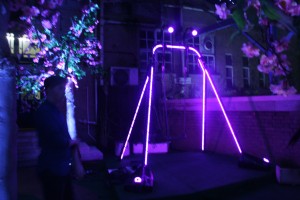
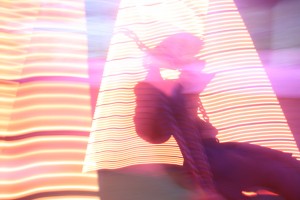
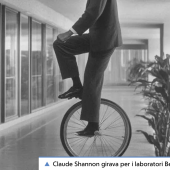
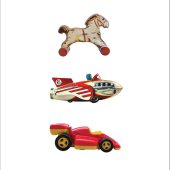
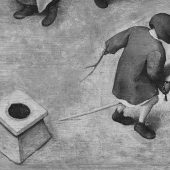
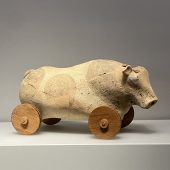
One thought on “Lightbug at The Rooms”